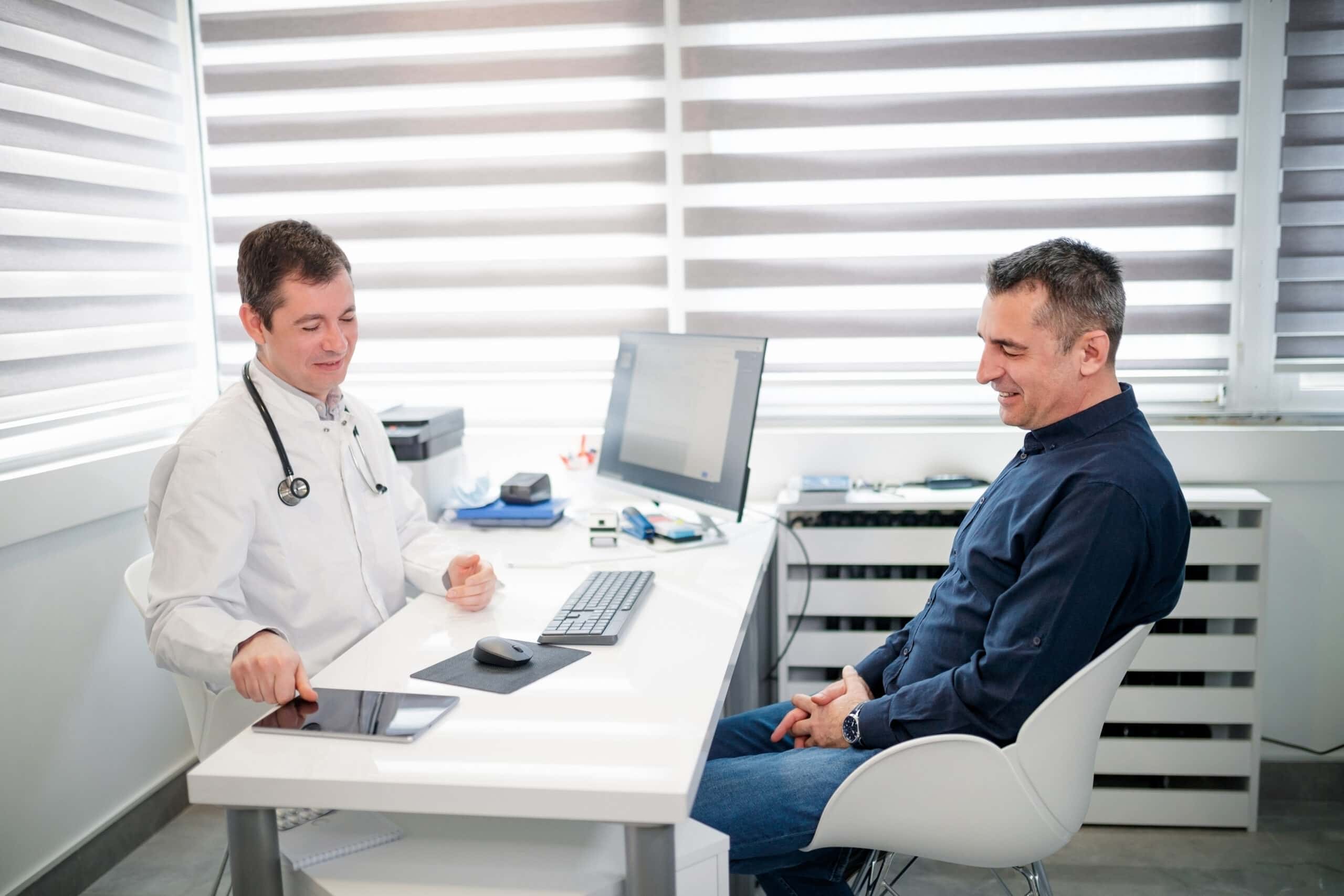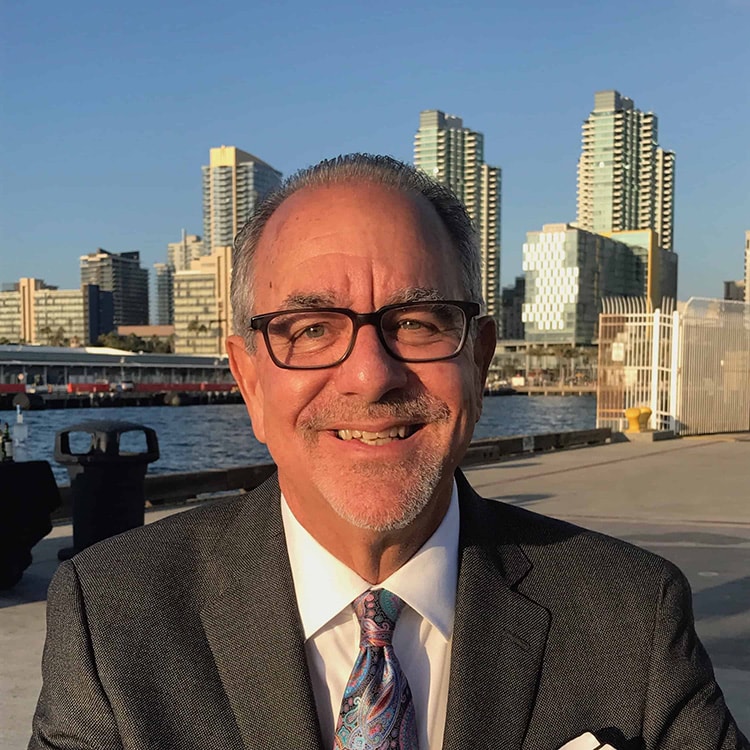
Is Medication-Assisted Opioid Treatment Effective?
There are a number of methods that can help those with opioid use disorder. Confidential Recovery in San Diego offers telehealth, individual therapy, group therapy, mindfulness practices, interventions, and medication-assisted opioid treatment.
It may seem counterintuitive to help someone get through substance use disorder by offering another substance. However, it’s an effective solution for many of the three million U.S. citizens who are currently addicted or have been addicted to opioids.
How does medication-assisted opioid treatment work?
Medication-assisted treatment (also known as MAT) does not negate the need for a robust support system. As SAMHSA points out, MAT should only be used under a doctor’s supervision and in conjunction with counseling and therapy.
The purpose of MAT is to prevent relapse by minimizing withdrawal symptoms and cravings. Some medications activate the opioid receptors in the person’s brain, while others produce no euphoria yet remain effective. Besides offering a greater chance of survival, MAT has the added benefits of reducing the user’s chance of contracting HIV or Hepatitis and increasing their chances of holding down a job and maintaining relationships.
Methadone remains the most well-known synthetic opioid agonist, as it’s been used successfully for over forty years.
What are the risks associated with medication-assisted opioid treatment?
As with all prescriptions, MAT drugs have a list of side effects. Most of these are similar to what you’d see with any medication: constipation, nausea, sleep problems, change in appetite, sweating, etc.
However, there are a few vital points to remember:
- Methadone should only be taken as prescribed, or you may overdose.
- Naltrexone has a waiting period of 7-14 days after the last opioid use to prevent significant withdrawal symptoms.
- Buprenorphine also requires a waiting period, but it’s only 12-24 hours.
What are the different options for medication-assisted opioid treatment?
The three main players are methadone, naltrexone, and buprenorphine. Here are the main differences between the three:
- Methadone is a long-acting opioid agonist (meaning it activates opioid receptors). It comes in liquid, powder, and diskette form. Methadone must be administered under the supervision of a medical practitioner, but if treatment goes well, the patient may be able to take methadone at home.
- Naltrexone is an opioid antagonist (meaning it blocks opioid receptors). It’s available as an injection for opioid use disorder. Unlike methadone, there is no risk of withdrawal if the patient stops using it. However, it does have the most prolonged waiting period, requiring users to wait seven days after using short-acting opioids and 10 to 14 days after using long-acting opioids before starting naltrexone.
- Buprenorphine is an opioid partial agonist (meaning it activates opioid receptors to a lesser degree). It’s available in tablets, films, implants, and as the injection Sublocade. To prevent acute withdrawal, patients must be in the early stages of opioid withdrawal (12-24 hours) before beginning the medication.
A recovery professional can help you determine which MAT is right for you.
If you’re in San Diego, and want to learn more about medication-assisted treatment, you can reach out to the staff at Confidential Recovery and begin your recovery journey.
Categories
fentanyl Harm Reduction san diego
